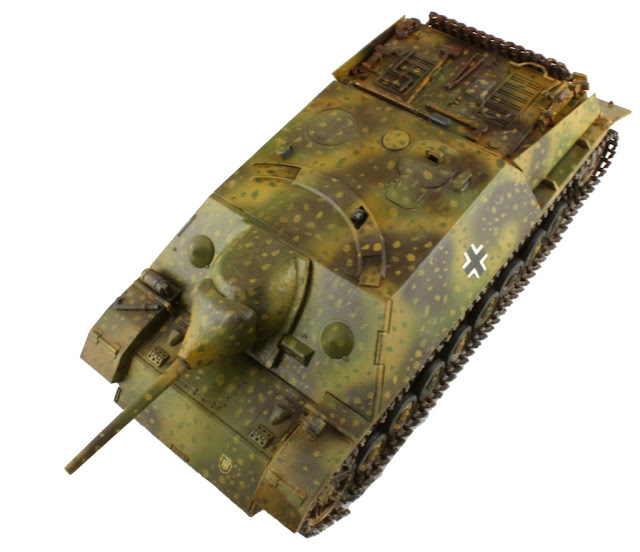Steam Deck 256 GB
This Spring's Steam Sale had the Steam Deck's different versions slightly discounted. I asked my old friend, who had bought a Deck sometime earlier, what he thought of it and how had it worked for him. It was pretty clear at this point that I was going to order one, maybe I was just confirming my decision somehow.
Device
The postal services delivered my order pretty quickly (or I was so busy I didn't even notice the time between ordering and receiving) right in the early April. I was delighted with the transport case that relieved me of the awful "where the hell could this be stored safely?" process.
As a physical device it was a bit larger and heavier than a Nintendo Switch. The photos here didn't show that there were two pairs of formula 1 gearshift -triggers in addition to the normal double R/L corner triggers, just like in Steam Controller (I liked it as a controller, I just haven't played many games that were nicer with SC instead of keyboard+mouse combo).
Testing
During these couple of months I haven't used that much time with the new toy, but I've played a bit. I think I completed episodes 2-4 of Secret Agent HD on the deck while I only completed the first one on the desktop. In Noita aiming the magic wand with the thumb controller was a bit odd but despite that I did get halfway reliably to the Snowy Depths. Or as reliably as with the desktop...
My aforementioned desktop was at least 8 years old at this point, and only recently I had ended up in this situation where it didn't run the newer games that I was actually interested in playing. I guess there were a million things that it wasn't good enough for anymore, hadn't been in years, but none of that had crossed my table. Now I could ogle at the modern games if they behaved well with this sort of a console controller or not. The touchscreen, what little I tinkered with it, worked just nicely. I also hadn't yet taken the time to reboot to the GNU/Linux side of things and start fooling around. No rush.
System Shock remake
The early June email flow woke me up to the fact that the Kickstarter project I just backed in summer 2016, System Shock remake, had its final product released to the wild. Interestingly the project team's original and mildly optimistic release goal was 2017, which has obviously caused some keyboard-smashing rages in the well-known type of internauts. I was just content with the thing being done and that I could try out the game I paid 30 USD for. As anyone reading my nonsense here may have noticed, I hadn't been able to run out of things to do over the years.
I almost forgot that this KS project also included System Shock: Enhanced Edition that I found in my Steam library some years ago and that I hobbled through to compensate for the fact that I didn't get a grasp of the game in 1994, 1995 despite spending my allowance on the SVGA cd-rom version and all. Maybe it was too different from Doom for my liking at that point in life? I couldn't remember such details anymore. Another pretty likely explanation was that the family computer, a 486/SX66/4 (later /8 and even /16) just didn't run the shocker well enough.
No matter, I practically didn't play the original System Shock at all and the Enhanced Edition on the slightly more modern hardware mostly gave me a headache. The places I could somehow remember and recognize and the story was known, but I didn't think that was going to be a problem for my experience. Most likely my old colleague Matti – who I suspected having memorized each of the pixels – might have been even more excited than myself.
So far I've been adventuring in the bottommost levels of the Citadel Station over the evenings of a couple of weeks. I've gotten beaten up or otherwise seriously injured often enough to make me limp back to the Medical Suite to cheese the autodoc and the recharging station. Despite my cautious approach I've managed to murder everyone from almost two and half floors now, having proceeded from the Medical level to the Research and Reactor levels. Some of the irradiated corridors I've avoided like the plague because just opening the door has made the hacker gag his guts out and the radiation damage has taken ages to fade away. Maybe I didn't need to be that paranoid, as getting the Isotope from the pretty hot room in Research wasn't that hurtful (I went in with full health and ran back to the autodoc straight after, of course).
The poor folks turned into cyborgs have been awful and they've lost heads and/or limbs in fights, just like in the good old Soldier of Fortune. Whenever I have managed to take it easy, the normal and few elite cyborgs have been pretty chatty so they've rarely been able to take me by surprise.
A few of the commenters I've seen have said that "this is how it looked in your memories" which wasn't quite correct as my memories came pretty freshly from SS:EE instead of polished by almost 30 years. It was very descriptive, I just found places much more recognizeable now, it was easier to get lost in the original.


































